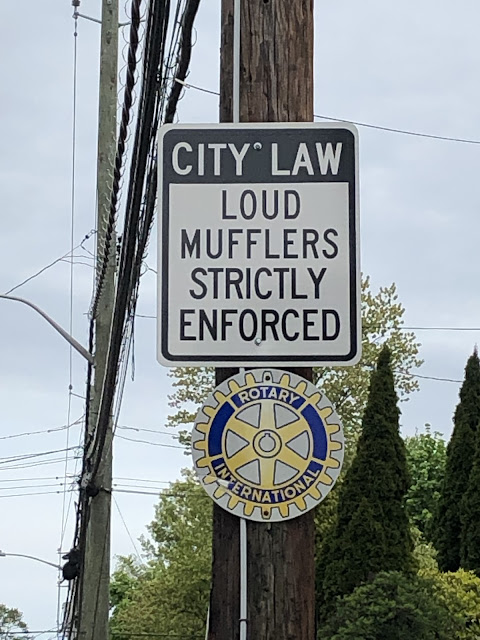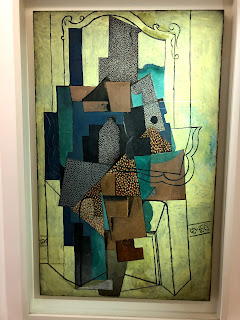I mean, they decide they don't want us to use certain bridges or walkways--I think. At least, that's the message--the literal one, anyway--I get from this sign:
So why am I so uncertain as to the DOT's intentions? Well, for one thing, the sign was placed in a spot most cyclists (or pedestrians, for that matter) won't see: in the corner of a retaining wall that takes a sharp turn away from the path of pedestrians and cyclists. It almost makes me think someone in the DOT was ordered, but didn't want, to put up the sign.
What makes the intentions of the sign even less clear, though, is that the sign imposes another, seemingly unrelated, prohibition against taking pictures.
Or does it? Take a look at the last line:
"Use of cameras prohibited and strictly enforced." As I understand, "prohibited" means "not allowed" or "barred". But I take "strictly enforced" to mean that people will be compelled or forced to use cameras.
Now, I'll admit that my knowledge of some things is a bit rusty. So maybe I've forgotten the part of some class in which the instructor explained how something can be forbidden and mandatory at the same time.
Or it may be that, as an acquaintance suggested, that I've been teaching so long that I know English grammar too well for my own good--or my own sanity, at any rate. Or, at least, I know so much that it interferes with my bike riding.
For the record, the issue in the sign is not one of grammar: It's one of syntax.
Whatever that sign was trying to say, I may or may not have been in violation: I took the photo with my cell phone, not a camera.



















